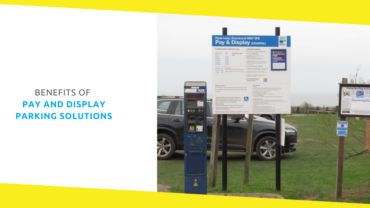Weather Apis, the Easy Way to Get Weather Data

If you’re in the business of building applications that need to get weather data, then you’ll want to check out the Weather API. The Weather APIs are a great way to get weather data without having to go through all the hassle of building your weather application from scratch. You’ll find a variety of different weather forecast data sources, along with helpful tools that’ll help you gather and analyze your data.
Contents
ToggleWhat is a Weather API?
A weather API is an application programming interface that allows developers to easily access weather data from different sources and integrate it into their own applications. Various APIs are available that allow developers to access different weather data sources, such as NOAA, AccuWeather, OpenWeatherMap, Visual Crossin, etc. While each data source offers something different, they all offer the same features – an easy-to-use JSON format and real-time access of data, as well as historical data that you can access up to 10 days in the past.
You can use these APIs in a number of ways. For example, if you’re building a weather application for mobile devices, you could use an API to collect data from a local weather station and display it to the user using that data. Alternatively, if you’re building a weather application for your desktop, you could use the API to collect data from the cloud and display it in your application. Regardless of your application type, weather APIs are a quick and easy way to get weather data for your application.
What types of weather data can I get from the Weather API?
You can get a variety of different types of weather data from the various API providers. Some of them only provide access to current weather conditions, while others provide real-time data and historical reports as well. Here are some of the most common types of data that you can access from the various weather APIs:
- Current conditions: This is the most common type of data available from various weather APIs. It allows you to see the current temperature, wind speed, humidity level, and more for the current time in your area.
- Historical conditions: Many of the weather APIs also provide access to historical weather conditions for a specific location. You can access this data for up to 10 days in the past. The data from this time can then be used to display historical trends for a specific area or time period.
- Precipitation: Depending on your weather API, you can also access precipitation data. Some of the APIs allow you to get this information for the current time, while others are able to provide past precipitation data.
Why Use An API To Get Weather Data?
There are many benefits to using an API to get weather data instead of using traditional data sources like NOAA or AccuWeather. The main benefit of using an API is that you can get the data you need without signing up for a subscription plan or paying monthly fees. This means you can use the weather data in your app without having to worry about paying any recurring fees. Another advantage of using an API instead of a traditional data source is that you can access data from a variety of sources rather than just one provider.
This means that you will be able to get more accurate and up-to-date weather information that you can use in your app or website. You can also access the same type of information from multiple providers, which can be useful if a certain service isn’t available in your area or if you want to get more information about a particular area. Finally, many APIs also provide additional features, such as detailed forecasts and alerts, that can help you stay on top of the latest weather conditions in your area.
Conclusion
A weather API can provide you with real-time and historical weather data for your location or multiple locations around the world. By providing access to this data from multiple providers, an API can help you increase the accuracy and relevance of the information provided by your app or website.
Using a weather API can also help you save a lot of time and effort by allowing you to access the same type of information from a variety of sources rather than having to sign up for multiple subscriptions and pay additional fees. As a result, using an API to get weather data can be more cost-effective than traditional data sources and help you provide more accurate weather information in your app or website.
Recommended For You
Benefits of Pay and Display Parking Solutions
Most Inside
Most Inside offers high-quality recommendations and valuable updates to enhance all aspects of your life, providing premium guidance and enriching experiences.




